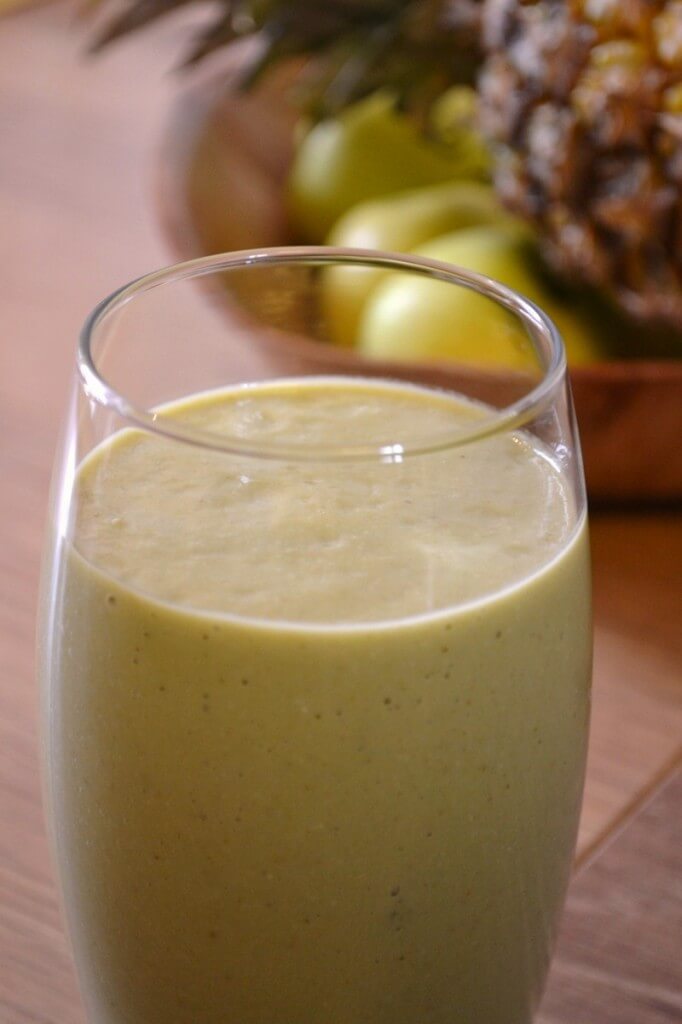Whey Protein - Whey Protein Smoothies For Weight Loss
Whey protein is a mixture of globular proteins isolated from whey, the liquid material created as a by-product of cheese production.
Whey protein is commonly marketed and ingested as a dietary supplement, and various health claims have been attributed to it in the alternative medicine community. Although whey proteins are responsible for some milk allergies, the major allergens in milk are the caseins.

Production
Whey is left over when milk is coagulated during the process of cheese production, and contains everything that is soluble from milk after the pH is dropped to 4.6 during the coagulation process. It is a 5% solution of lactose in water, with some minerals and lactalbumin. The fat is removed and then processed for human foods. Processing can be done by simple drying, or the protein content can be increased by removing lipids and other non-protein materials. For example, spray drying after membrane filtration separates the proteins from whey.
Whey can be denatured by heat. High heat (such as the sustained high temperatures above 72 °C associated with the pasteurization process) denatures whey proteins. While native whey protein does not aggregate upon renneting or acidification of milk, denaturing the whey protein triggers hydrophobic interactions with other proteins, and the formation of a protein gel. Heat-denatured whey can still cause allergies in some people.
Composition
Whey protein is the collection of globular proteins isolated from whey. The protein in cow's milk is 20% whey protein and 80% casein protein, whereas the protein in human milk is 60% whey and 40% casein. The protein fraction in whey constitutes approximately 10% of the total dry solids in whey. This protein is typically a mixture of beta-lactoglobulin (~65%), alpha-lactalbumin (~25%), bovine serum albumin (~8%)(see also serum albumin), and immunoglobulins. These are soluble in their native forms, independent of pH.
Being a by-product of the cheese making process, and likelihood of animal rennet use, whey protein as well as casein products may not be suitable for consumption by lacto-vegetarians or observers of kosher dietary laws. There are, however, specialty producers of vegetarian-approved whey protein products produced using non-animal "rennet" (enzymes). These products are often also labeled as kosher and halal approved.
The amino acid cysteine in whey protein is a substrate for the synthesis of glutathione in the body which is an ubiquitous cellular antioxidant; laboratory experiments have suggested that whey protein and its components might reduce the risk of cancer in animals, suggesting an avenue for future medical research.

Major forms
Whey protein typically comes in four major forms: concentrate (WPC), isolate (WPI), hydrolysate (WPH) and Native Whey.
- Concentrates have typically a low (but still significant) level of fat and cholesterol but, in general, compared to the other forms of whey protein, have higher levels of bioactive compounds, and carbohydrates in the form of lactose -- they are 29%-89% protein by weight.
- Isolates are processed to remove the fat, and lactose, but are usually lower in bioactivated compounds as well -- they are 90%+ protein by weight. Like whey protein concentrates, whey protein isolates are mild to slightly milky in taste.
- Hydrolysates are whey proteins that are predigested and partially hydrolyzed for the purpose of easier metabolizing, but their cost is generally higher. Highly hydrolysed whey may be less allergenic than other forms of whey.
- Native whey protein, the purest form of whey protein which has been extracted from skim milk and not a by product of cheese production, produced as a concentrate and isolate.

Health effects
The use of whey protein as a source of amino acids and its effect on reducing the risks of diseases such as heart disease, cancer and diabetes has been the focus of ongoing research as of 2007. Whey is an abundant source of branched-chain amino acids (BCAAs), which are used to stimulate protein synthesis. When leucine is ingested in high amounts, such as with whey protein supplementation, there is greater stimulation of protein synthesis, which may speed recovery and adaptation to stress (exercise).
As with other forms of protein, consumption of whey protein shortly after vigorous exercise can boost muscle hypertrophy.
Scientific evidence has shown that proteins high in essential amino acids (EAA), branched chain amino acids (BCAA), and particularly leucine (Leu) are associated with increased muscle protein synthesis, weight loss, body fat loss, and decreased plasma insulin and triglyceride profile.

References

External links
- Whey protein resources, National Dairy Council
- Whey Protein Healthnotes, University of California, San Diego
- What does science say about whey protein and muscle building?, European Food Safety Authority on whey protein claims
Interesting Informations
Looking products related to this topic, find out at Amazon.com
Source of the article : here












0 komentar :
Your comments